Compact pneumatic cylinder
Giá gốc là: 120.000 ₫.100.000 ₫Giá hiện tại là: 100.000 ₫.
Cập nhật lần cuối ngày 24/07/2025 lúc 02:39 chiều
Compact pneumatic cylinders are known as one of the types of pneumatic cylinders used in many power transmission systems thanks to compressed air. So what makes this type of cylinder special? Let’s explore this pneumatic device in today’s article with VIVA.
Overview of compact pneumatic cylinders
Compact pneumatic cylinders is the general term for a line of pneumatic cylinder products that have compact designs. However, they have high working efficiency, the ability to withstand impact forces and pulses, as well as the ability to operate under compressed air pressure. With their compact design and high working efficiency, these devices are suitable for systems or machinery with small sizes that still require a type of cylinder capable of delivering a large impact force.
Compact pneumatic cylinders are typically made from aluminum alloys. However, in some applications that require higher impact resistance and compressed air pressure, these devices will be made from stainless steel. The operating mode of this product line includes both single-acting and double-acting impacts.
The stroke of the cylinder ranges from 4mm to 50mm, and the common piston diameter sizes range from 12mm to 25mm.

Structure of compact pneumatic cylinders
The detailed structure of compact pneumatic cylinders depends on the type of cylinder, as each type is manufactured by different production units, resulting in certain differences in the number of components, shapes, and methods of connecting the constituent parts of the cylinder.
However, all types of compact pneumatic cylinder devices share a common basic structure, which includes the following main components:
- Cylinder body: The cylinder body is usually a combination of parts, including the middle body and the end caps of the cylinder. The cylinder body is pre-designed with air supply ports at both ends. These positions correspond to the inward or outward stroke of the cylinder. The cylinder body is typically made of aluminum alloys, while some special cases are made of stainless steel.
- Piston: The piston is placed inside the cylinder to divide the internal space into two separate parts. When there is a pressure difference between these two chambers, the piston will move towards the lower pressure side.
- Seals: Seals are installed around the piston to ensure tightness, or in other words, to maintain separation between the two chambers inside the cylinder, creating the necessary pressure difference for operation.
- Cylinder rod: This component is also known as the piston rod. It is fixedly connected to the piston, so it moves along with the piston. This component functions to transmit force and is typically made of stainless steel.
These are all the basic components that make up a compact pneumatic cylinder. To complete a compressed pneumatic cylinder device, additional auxiliary components are needed to perform functions such as sealing and fixing the parts together, including retaining rings, bolts, cylinder body seals, etc. The number of components may vary depending on the specific product, with some types having additional or fewer components.

Classification of compact pneumatic cylinders
Classification based on pneumatic action
The classification of compact pneumatic cylinders based on pneumatic action is a versatile type of classification, which allows us to divide this type of cylinder into the following two categories.
Single-acting compact pneumatic cylinders
With single-acting action, an additional spring is designed inside the cylinder body. This spring applies force to the piston, and depending on the arrangement of the spring, it generates force to retract or extend the cylinder rod. With this structure, the single-acting compact pneumatic cylinder device only requires compressed air to be supplied to one end of the cylinder to perform one stroke, and the other stroke is accomplished by the elastic force of the spring when the compressed air is discharged from the cylinder.
In general, single-acting pneumatic cylinder devices are less commonly used than double-acting ones because the spring’s elastic force will consume part of the force generated by the compressed air pressure. Therefore, these devices usually operate at pressure levels ranging from 2 bar to 10 bar. Additionally, the inclusion of the spring component leads to higher product costs.
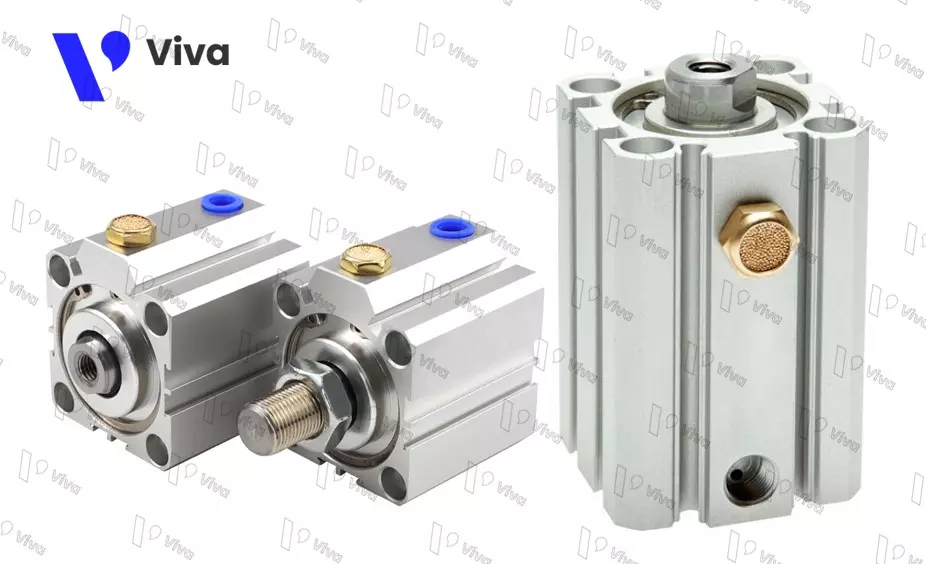
Double-acting compact pneumatic cylinders
Double-acting compact pneumatic cylinders operate by supplying compressed air to both ends of the cylinder. When compressed air is supplied to the port at the bottom of the cylinder, the rod extends, and when compressed air is supplied to the port at the top, the rod retracts.
Double-acting compact pneumatic cylinders usually operate at compressed air pressure levels ranging from 1.5 bar to 10 bar, which can be seen as slightly lower than the single-acting type.

Classification based on shape
Square-bodied compact pneumatic cylinders
All pneumatic cylinder devices are manufactured with a circular cross-section inside to accommodate the shape of the piston. However, the external shape of the cylinder body can be square or circular. In this case, we are referring to devices with a square-shaped cylinder body. This design characteristic allows for easier attachment of valve bodies and sensor devices.
A square-shaped body creates four flat surfaces around the cylinder body and one flat bottom surface, making installation and fixation of the cylinder easier.
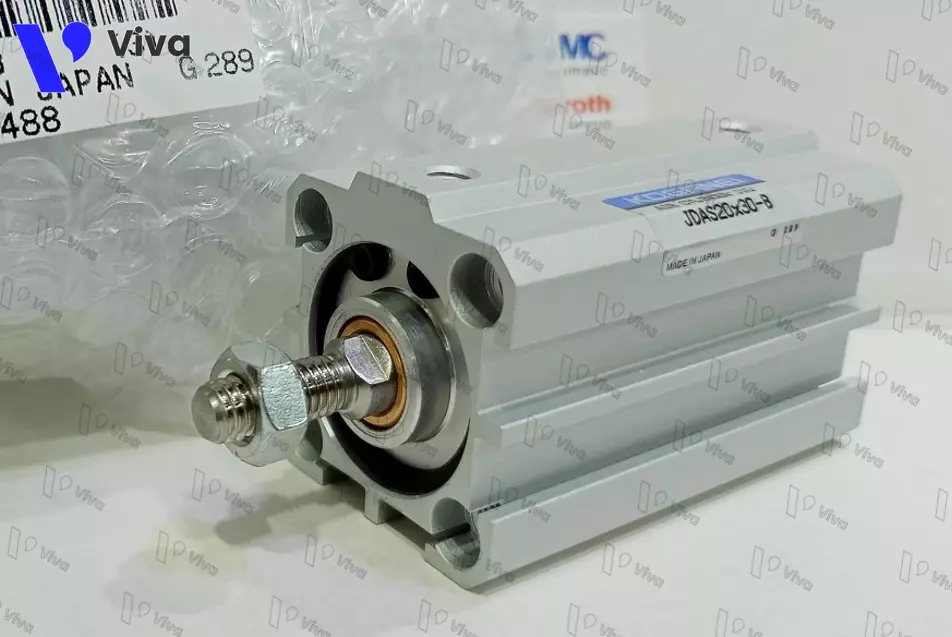
Round-bodied compact pneumatic cylinders
Round-bodied compact pneumatic cylinders are designed with a cylindrical body while maintaining the compact design characteristic, which is known for its small and compact size.
In reality, this type of device is less commonly used compared to square-bodied cylinders. However, it finds extensive applications in small-sized automated control systems. The cylinder body is designed with mounting holes, allowing for easy fixation onto metal plates or flat surfaces within the system.
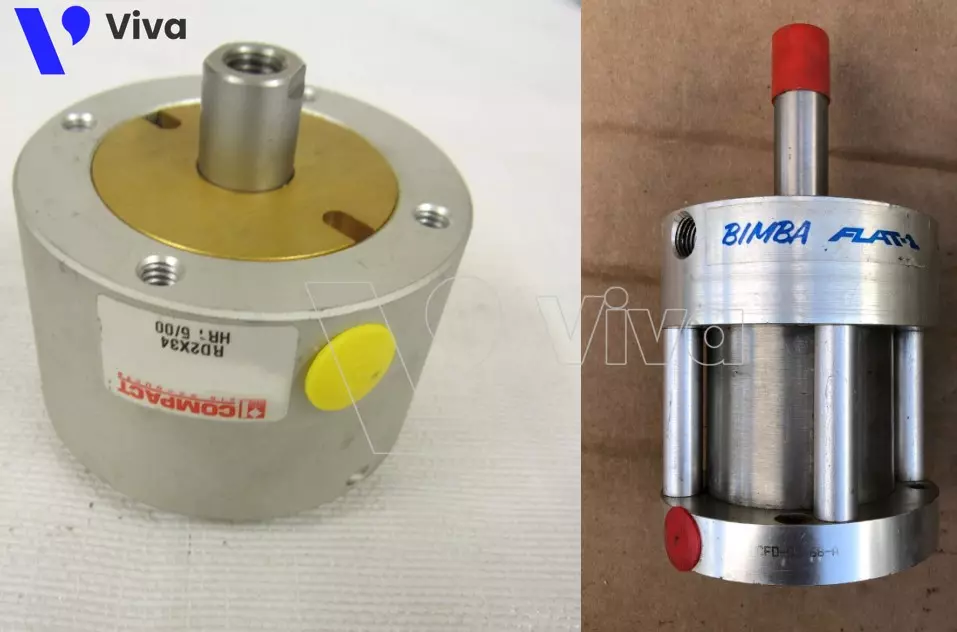
Flexible Applications of Compact Pneumatic Cylinders
Compact pneumatic cylinders are devices designed for power transmission by converting the pressure of compressed air into linear motion. They are available in various types, sizes, and operating pressure ranges, providing a wide range of options for different applications.
Based on these factors, compact pneumatic cylinders can be applied flexibly in many systems.
Here are some examples of practical applications of compact pneumatic cylinders:
- Industrial Automation: They are used in automated control systems in industries. Compact pneumatic cylinders play a role in lifting and lowering systems, moving and sorting products, and manipulating hard-to-reach control mechanisms.
- Medical Field: Compact pneumatic cylinders find extensive use in medical equipment and machinery, including patient lifting and mobility aids, as well as assistive devices.
- Food Industry: They are employed in various processes and components such as packaging, sealing, valve control, and product sorting systems in the food industry.
With their flexibility and diverse applications, compact pneumatic cylinders are essential components in many industrial and automation fields.

Compact Pneumatic Cylinders at VIVA
With many years of experience in supplying industrial equipment, we have recognized the importance of compact pneumatic cylinders and the demand from our customers for this product line.
In our commitment to providing customers with quality products that are both reliable and affordable, we have imported products from various reputable brands in different market segments. Rest assured that all the products supplied at VIVA are 100% genuine.
To make it easier for customers to access our products, we offer the following conveniences:
- Nationwide delivery support
- 12-month warranty and return policy
- A dedicated and highly skilled support team
For more detailed information or if you need assistance in selecting equipment that meets your technical requirements, please don’t hesitate to contact us directly. We are here to provide prompt support and guidance. All contact information is available on our website.

Above are the insights into compact pneumatic cylinders that VIVA wants to share with our readers. This knowledge is derived from our extensive work experience with various systems and equipment. We hope that this information helps you gain a better understanding of the equipment and enables you to choose the right products to meet your needs.
Explore more products of pneumatic cylinder sensors.
Chưa có bình luận nào

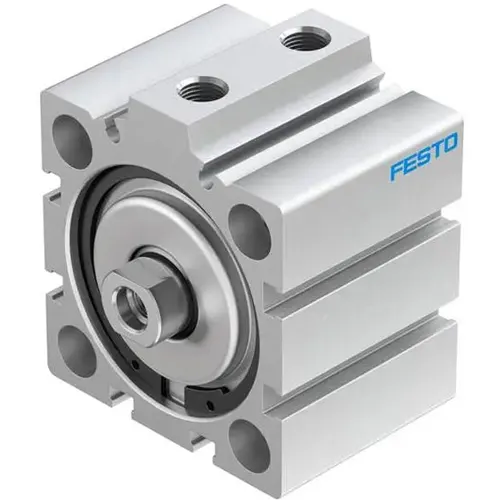
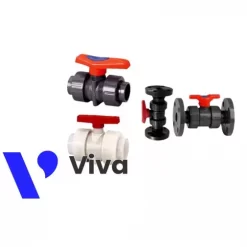
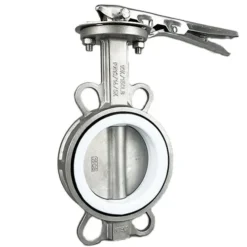
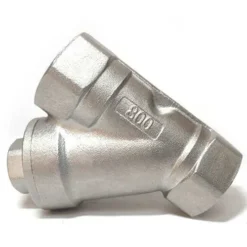
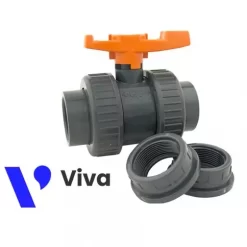
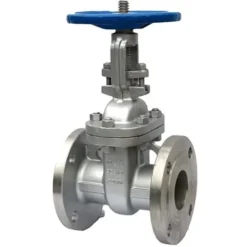
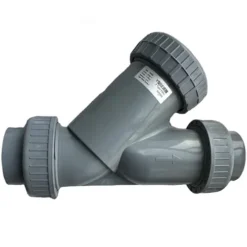
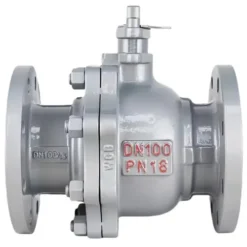
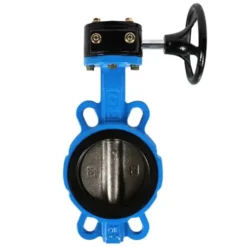
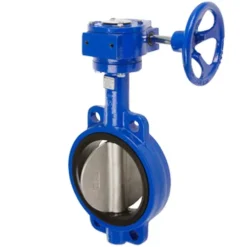
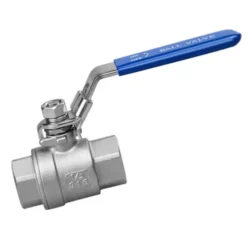
Đánh giá Compact pneumatic cylinder
Chưa có đánh giá nào.